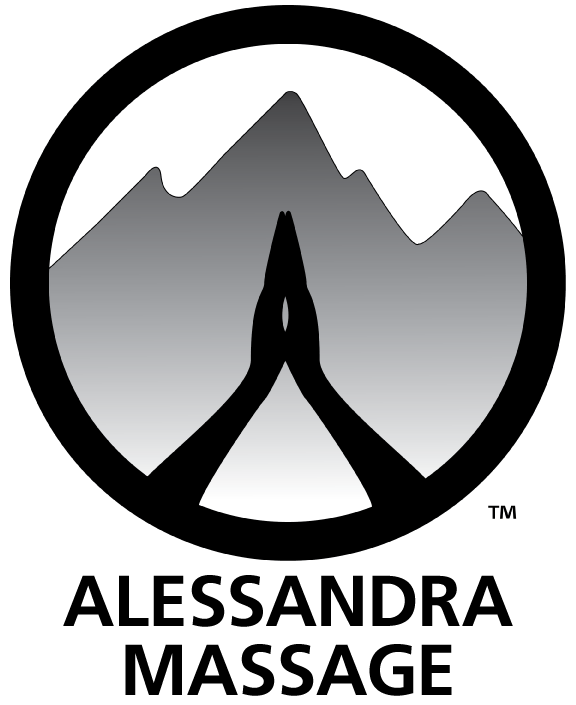Sciatica is not a condition, but a symptom of another issue
Perhaps due to extreme summer sports, long hours sitting, or the average age cohort of my clients, I have had a wave of massage clients this summer experiencing sciatica-type symptoms, which can be alarming and unbearable. Sciatica is not a condition, but a symptom of another issue; it’s the name of the pain caused by irritation of the sciatic nerve. It presents as shooting pain, tingling, weakness and numbness along regions of the sciatic nerve, including the low back, buttocks, leg, and foot. The symptom can be caused by structural damage in the lumbar or sacral spine, chronic tightness in the musculature through which the sciatic nerve passes, or a combination of the two. Massage therapy can often provide some level of relief to clients experiencing sciatica.
The sciatic nerve is the longest, largest nerve in the human body. It provides sensation, strength, reflex and innervation to the legs and feet. Originating as five separate nerve roots from the low spine (L4-S3), the nerves join together on the frontal surface of the piriformis muscle, in the buttock region, and form a 2cm-wide mega-nerve. This extends down the back of each leg, wrapping around the front-side of the thigh and then branches out just above the knee, dividing into the peroneal and tibial nerves which innervate the lateral side of the knee and leg, lower leg, foot, and toes.
Often sciatica originates from structural damage to the low spine causing pinched nerves. A herniated disk, also called a slipped or ruptured disk, is the most common perpetrator. Vertebral disks provide cushioning and flexibility between vertebrae, consisting of a dense outer layer of cartilage with a more gelatinous center. Herniation happens when a crack develops in the outer shell of the disk, and the soft inner material pokes out, often pinching the sciatic nerve root against its vertebra. Spinal stenosis, the narrowing the bone channel occupied by spinal nerves, is another cause of sciatica. Spondylolises (stress fractures), spondylolysthesis (big vocab words!), spinal bone spurs, degenerative disk disease… the list goes on; can all irritate the sciatic nerve. Massage can offer some relief to the symptom of some of these conditions, but caution should be taken. Side-lying techniques on the massage table can reduce further compression of the lumbar spine. Curvature of the low spine should be avoided. If lying face-down, a bolster such as a rolled up towel should be placed under the hip bones to relieve crunching of the lower vertebrae. Massage can loosen musculature of the lower spine, sacrum and gluteals and provide a bit of intervertebral space to relieve the amount of pinching on the sciatic nerve.
Muscular pressure on the sciatic nerve is a very common cause of sciatica, and is more easily rectified through massage therapy. As mentioned, the sciatic nerve emerges from the sacrum and joins together directly under, or through, the piriformis muscle, located deep to gluteus maximus. “Piriformis syndrome” is the irritation of the sciatic nerve due to muscular spasm and tightness of this muscle. Strain, overuse, and injury of this muscle occur through sports requiring repetitive forward movement of the leg, such as cycling running and hiking. Prolonged sedentary periods (deskwork and long road trips) can also be responsible. The piriformis is not the only muscle that can exert excessive pressure on the sciatic nerve. There are a multitude of potential muscular culprits, including muscles of the lower back, hip rotators and hamstring groups, which, when inflamed, can cause misalignment of the sacroiliac joint or direct compression of the sciatic nerve.
Consistent targeted massage therapy, accompanied by regular self-care, can alleviate muscular triggers of sciatica. Careful stretches targeted for opening the low back (*not extension/backbend!) and gluteal areas can help immensely, including some as simple as lying on your back and pulling one knee slowly in toward the chest, then crossing it over your body to allow space in the sacrum and a gentle piriformis stretch. Tennis balls and foam rollers are helpful tools for loosening the piriformis and hamstrings. If structural vertebral damage is suspected, please consult a professional before starting a self-care routine at home.


